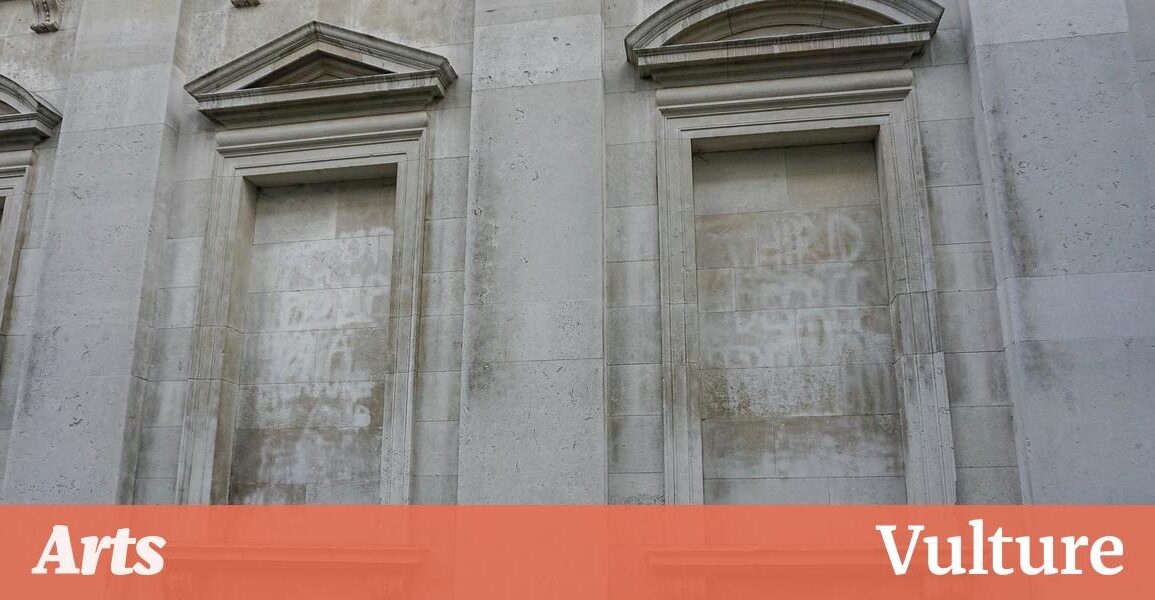
On Thursday 7 June 2012, Varsity’s Arts editors published an article titled “Graffiti.” Responding to then MP for South Shields David Milliband’s desire to obligate criminals to “clean up graffiti” and “fix a wrecked garden,” it sought to demonstrate that graffiti is not simply vandalism. It is tethered to the desire to make a mark of anonymity, to advance political or socio-cultural movements, and is therefore “the triumph of the anonymous writer, inseparable from questions about politics, class, ownership, and art.” To do so, it distanced itself from the ‘private graffiti’ one might associate with Cambridge, such as drawings on the walls of King’s College Chapel created by soldiers under Oliver Cromwell’s command during the English Civil Wars. These marks, it noted, did not constitute ‘graffiti’ in a modern sense: it noted that the city council considered it “not illegal to write graffiti on the ‘interior space of any property.’”
“Scratch has a rather coarse connotation, like rubbing sandpaper: the word graffiti has an air of malevolence”
The corollary of this, of course, is that simply marking one’s ‘tag’ on a street-facing wall is an act of sheer transgression. There is an etymological reason for this. The word ‘graffiti’ derives from the Italian word ‘graffio,’ which means a ‘scratch,’ and ultimately from the Greek γράφω, ‘to write’ or ‘to inscribe.’ Scratch has a rather coarse connotation, like rubbing sandpaper: the word graffiti, then, has an air of malevolence, which perhaps explains why politicians and elites are so quick to condemn it. But this “transgression of space,” the article noted, “is central to the practice of graffiti,” and ensures the lasting political, cultural, and social force of such an act.
That was 2012, though. iPads were the shit and society was unburdened by TikTok brain rot. 13 years on, with our arguably more tumultuous and contentious political culture, what does it mean to graffiti? Just over two weeks ago, Varsity reported that pro-Palestine group Palestine Action claimed responsibility for graffiti-ing the Gothic gatehouse of Old Schools with red paint, the largely medieval administrative headquarters of the University opposite Clare. This included writing “DIVEST” next to the two crenellated towers of the gatehouse, a reference to the organisation’s desire for the University to disclose and withdraw the funds it has invested in arms companies implicated in the Israel–Gaza war.
The rhetoric used by Palestine Action to defend this act ties nicely to the “transgression of space” the 2012 article discussed. Naturally, given that the building was constructed in 1444 (and restored in the 19th century), the University was quick to “condemn this vandalism of University property.” But in an Instagram post created on the 6 of March, the organisation declared that the University’s “buildings are worthless in comparison to the Palestinians’ right to life and liberation.” From this perspective, the red paint symbolises more than the “triumph of the anonymous writer”: it becomes a microcosm for a movement consisting of hundreds of individuals, as well as their defiance of received tradition and cherished institutions.
“Graffiti-ing serves to memorialise the actions of hundreds, if not thousands, of people”
This was, of course, one part of a long string of similar such acts in recent years. Indeed, members of the group gave the early 18th century Senate House a red makeover last June, and did the same to the Institute of Manufacturing in November. If these acts of graffiti-ing have taken place on multiple occasions, they have also taken place at the behest of multiple organisations. Whenever I walk (okay, run) up Sidgwick Avenue to attend a lecture, for instance, I glance at the words “SIGN UCU” on one of the pillars before the Classics Faculty Building. This was created during the Universities and Colleges Union-backed strikes of 2022, during which University staff members occupied the AMES Faculty building to demand pay rises, among other things. And when I brush past King’s on King’s Parade, Sainsbury’s bag in hand, I am reminded of my time as a perplexed silly little fresher. On 12 October 2023, Just Stop Oil activist Chiara Sarti, a PhD student at King’s, spray painted the eastern side of King’s with orange paint, an action which resulted in their being found guilty of committing criminal damage last month.
Clearly, then, graffiti-ing in Cambridge has assumed a new meaning since 2012. As the above examples demonstrate, leaving a mark on a historic building does not merely glorify the individual. Rather, in today’s tempestuous political climate, graffiti-ing serves to memorialise the actions of hundreds, if not thousands, of people, even if such graffiti is removed in due course. Above all, it is reflective of the growing tendency for activism-related organisations to challenge institutions to promote their cause or to secure ends. A new epoch has begun, Varsity Arts editors of Easter 2012.
Want to share your thoughts on this article? Send us a letter to letters@varsity.co.uk or by using this form.
This post was originally published on this site be sure to check out more of their content.









